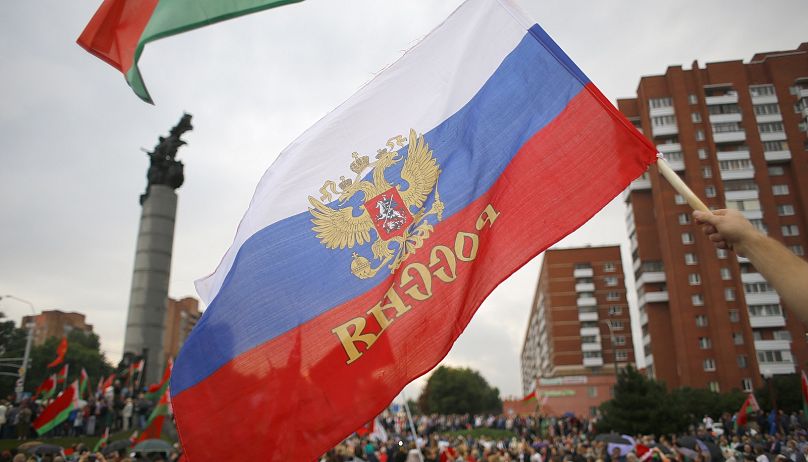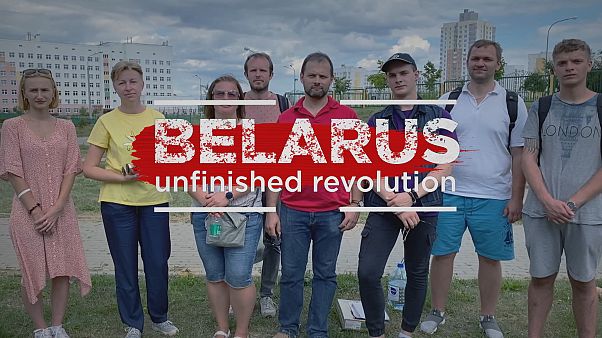Will Trump Threaten to Pullout or De-fund the United Nations?
World leaders have been urged to stay home in the first “virtual” UN General Assembly sessions in the 75-year history of the United Nations. The annual high-level sessions, with mostly pre-recorded video speeches, begin September 22. The UN says there will be “no marvelling at seemingly endless presidential motorcades on First Avenue and no “standing-room only” moments in the gilded General Assembly Hall, as the Organization’s busiest time of the year is reimagined in the time of COVID-19. Credit: Anton Uspensky, UN News
- Back in 1998, Senator Jesse Helms, a rightwing Republican from the US state of North Carolina, carried out a virulent one-man hate-campaign against the UN– and its very presence in New York.
A fulltime chairman of the powerful Senate Foreign Relations Committee– and a part-time UN basher—the late Helms publicly complained that providing funds to the UN is like “pouring money into a rathole”. Helms wanted the “Glass House by the East River” shipped out of New York — for good.
Fast forward to 2020.
There is widespread speculation that when US president Donald Trump addresses the General Assembly on September 22 –one of the few, or perhaps the only head of state, to do so “in person” in a virtually virus-locked down world body– he may either threaten to pull out of the UN (very unlikely), warn of possible cuts in financial contributions (likely), or downsize the US role in the world body (most likely).
But with a highly unpredictable US president, everything is up in the air.
Meanwhile, the cry to “de-fund the police”, triggered by anti-black violence by law enforcement officials in the US, has prompted a new hashtag “de-fund the UN”.
Asked for his comments, UN Spokesperson Stephane Dujarric told reporters September 8: ”I have seen the hashtag.”
“I think we prove every day the worth in investing in the United Nations for the betterment of peoples everywhere and the value that it brings, whether it is helping during the pandemic… or what we’re doing all over the world, what we’re doing in our peacekeeping missions… So, we do our utmost to prove our worth every day by the work that we do,” said Dujarric.
Any proposed cuts – or attempts to “‘de-fund” the UN –will also likely be a retaliation against the failed US resolution last month in the UN Security Council against the resumption of sanctions on Iran.
Suffering a devastating defeat, the Trump administration was both isolated and humiliated when only one UN member state, the Dominican Republic, voted with the US in the 15-member Security Council, the most powerful body in the UN.
The vote was short of the minimum nine “yes” votes required for adoption—and 11 members, including Western allies such as France, Germany and the United Kingdom abstained, while China and Russia voted against the resolution.
Asked what the Security Council rejection would mean to the US on the world stage, Secretary of State Mike Pompeo told reporters: “Well, it’s disappointing, because privately, every world leader, every one of my counterparts tells me that America is doing the right thing.”
No one, he said, “has come to me and advocated for allowing Iran to have these weapon systems. And so, for them not to stand up and tell the world publicly at the United Nations, yep, this is the right thing, it’s incomprehensible to me. To side with the Russians and the Chinese on this important issue at this important moment in time at the UN, I think, is really dangerous for the world.”
Asked why there was no support from the European countries on the Security Council, he was blunt: “You’ll have to ask the Europeans that”
If the de-funding does happen, and since the US pays 22 percent of the UN’s budget, it will be devastating blow to a world body commemorating its 75th anniversary later this month.
As a hard-core unilateralist, Trump has been openly antagonistic towards multilateral institutions.
Since he took office back in January 2017, the Trump administration has either de-funded, withdrawn from, or denigrated several UN agencies and affiliated institutions, including the World Health Organization, the UN Relief and Works Agency for Palestinian Refugees (UNRWA), the World Trade Organization (WTO), the UN Educational, Scientific and Cultural Organization (UNESCO), the UN Human Rights Council and the International Criminal Court (ICC), among others.
And according to a report in the New York Times September 4, Trump is very likely to withdraw from the iconic 71-year-old military alliance, the North Atlantic Treaty Organization (NATO) — if he wins a second term as president.
The Times quotes former US officials as saying that such a move would be one of the biggest global strategic shifts in generations and a major victory for Russian President Vladimir Putin.
So, will the UN be far behind?
Norman Solomon, executive director of the Washington-based Institute for Public Accuracy, told IPS the Trump administration is a wrecking crew that seeks to undermine if not demolish any international institutions that do not serve Trump’s idiosyncratic whims or, more substantially, don’t serve narrow interests of U.S.-based corporations and the military-industrial complex.
While top leaders of the U.S. government have routinely seen the United Nations as primarily an instrument to be used to advance America’s geopolitical interests, during the last three-quarters of a century some have recognized the overlap between humanitarian and nationalistic goals.
“No longer”, he declared.
“The Trump regime has operated almost entirely from the basis of narrowly defined self-interest, to the point that it should be understood as the gravest threat not only to the UN but to the world as a whole”, said Solomon, author of “War Made Easy: How Presidents and Pundits Keep Spinning Us to Death”
“When we evaluate international institutions, they should not be conflated. The United Nations and its potential are very far from comparable to NATO.”
The UN — while significantly and by some measures deeply flawed, and badly in need of power restructuring — has laudable aspirations, he argued.
“NATO, on the other hand, is far more of a threat to peace than a defender. Trump’s hostility to the concept of the United Nations is in many ways categorical, whereas his intermittent criticisms of NATO are inconsistent and largely a function of unhinged nationalism”, said Solomon.
During what are hopefully his last several months as president, he pointed out, Trump should be ostracized as much as possible by world leaders and civil society.
His so-called leadership is a toxic brew of greed, calculated stupidity and narcissistic prerogatives of supposed “American exceptionalism.”
Many U.S. presidents during the last 75 years have aspired to see the United States government work its will on the entire world, but Trump has taken such conceits to an extreme that requires complete rejection, said Solomon.
Ian Williams, President of the Foreign Press Association in New York and author of “UNtold: The Real Story of the United Nations in Peace and War”, told IPS the UN system is in the sad position where the US acts as if it hates the organization, but the other members do not love it enough to step into the gap.
Historically, the US prizes the organization’s dependence on Washington as was shown when the US rebuffed Swedish Prime Minister Olaf Palme’s 1985 proposal to restrict its contributions to 10%.




 \
\














